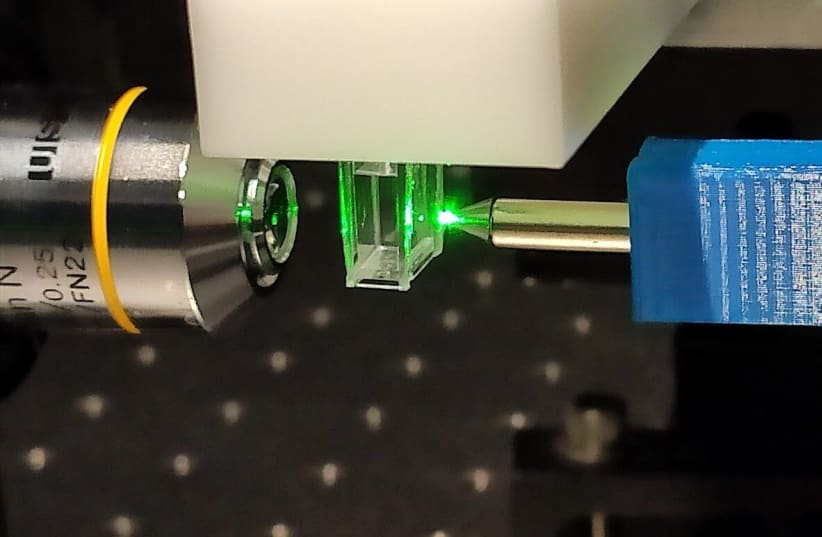Since the outbreak of coronavirus, one of the most pressing medical challenges that doctors in areas affected by the crisis face is the need to test a high number of potentially infected people in a short amount of time. New technology developed by researchers at Bar-Ilan University might assist them in the mission, drastically cutting the time needed to analyze saliva samples.
Dr. Amos Danielli from the Alexander Kofkin Faculty of Engineering developed a technology for sensitive detection of virus-specific RNA sequences in 2007 to address cattle diseases. Since then, the same technology has been adapted for multiple viruses, including Zika, Danielli told The Jerusalem Post.
“When I started to hear about the coronavirus, I thought that we should work to adapt it to that as well,” he said. “We collaborate with several labs in China and Vietnam, and they were telling me that the time they needed to analyze the saliva samples was severely limiting the amount of people they could test every day. I though this could help.”
The general methodology that allows scientists to test someone for the presence of a virus consists of attaching the virus’s RNA to a fluorescent molecule that emits light when illuminated by a laser beam, Danielli said. However, when using the standard technology, the concentrations of RNA are very low, and so is the signal emitted. For existing devices to detect it, the sequence has to be duplicated multiple times, and each duplication cycle takes about 35 seconds, he said.
“We have found a way that only required five or six duplication cycles, as opposed to 30, by adding magnetic particles that help us concentrate the fluorescent molecules and aggregate them inside the laser beam, thereby multiplying the signal strength by several orders of magnitude,” Danielli said.
The new development could reduce the time to analyze a sample from an hour to about 15 minutes.
The technology in its previous versions is already being used in the Health Ministry’s central virology laboratory at Sheba Medical Center in Tel Hashomer. However, it is going to take more tests and research for it to be employed against the coronavirus.
“We need to present further proofs that it works, and then we will be able to make it available,” Danielli said. “We are also hoping to find investors to allow us to accelerate the commercialization of it.”
The team is also working in collaboration with European universities to identify antibodies that the immune system produces against coronavirus.
